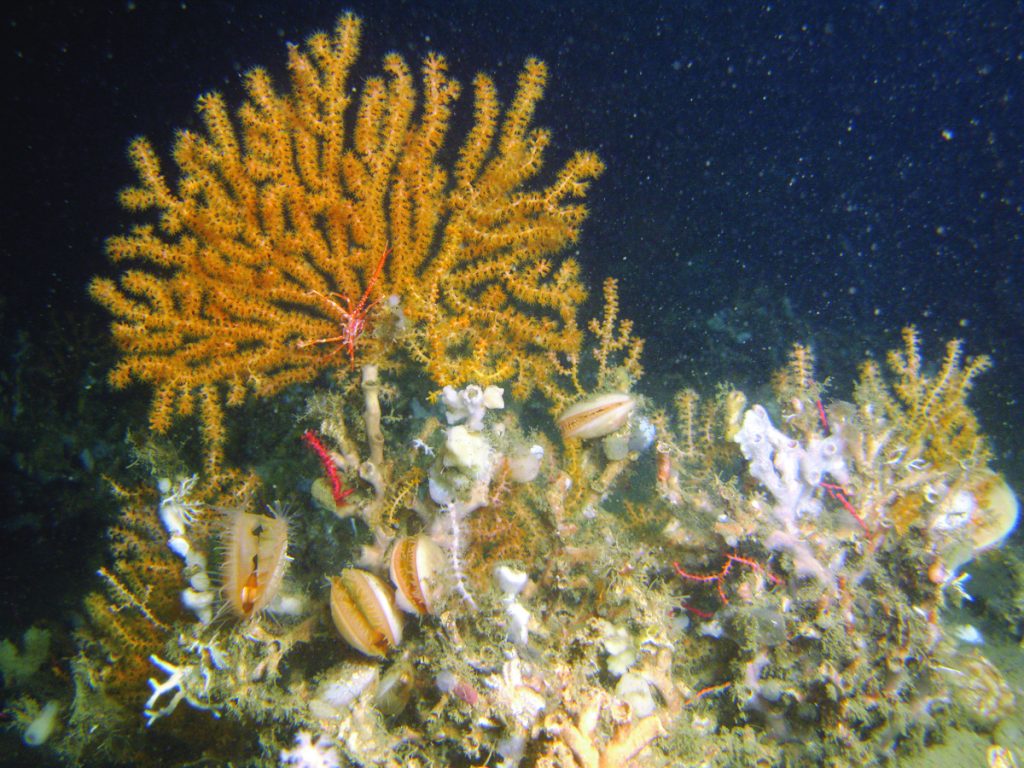Ecological Capital Anchors Senegal's Debt-Repair Narrative
Senegal’s reef outlay ties ecological capital to macro repair, with CL=F shaping fuel costs and EURUSD=X pricing inputs under the peg. Execution, enforcement, and clean debt data will determine if exports and risk premia improve into 2026–2027.

Senegal’s CFAF 3.2 billion (≈$5.3 million at 2024–2025 FX) artificial-reef deployment in Saint-Louis is a small capital outlay with material macro signalling. As of end-2024, a comprehensive reconciliation lifted reported central-government debt to 118.8% of GDP; the 2023 stock was revised to roughly 100% of GDP from 74.4% previously after undisclosed liabilities were recognised. Annual CPI inflation printed 2.6% year on year in September 2025, consistent with the WAEMU euro-peg pass-through dynamic.
Nominal GDP in current US dollars was about $33 billion in 2024 on World Bank methodology, with real growth reported at 6.1% for the year. The fisheries economy contributes near 3.2% of GDP and roughly 10% of merchandise exports on a multiyear basis, with employment effects extending to ≈0.5–0.6 million people when indirect jobs are included. Exports by volume have softened since the 2020 peak, increasing the importance of policies that stabilise landings, margins, and foreign-exchange receipts.
The policy mechanism is explicit. Artificial reefs increase habitat complexity and juvenile survival, raising biomass and catch per unit effort (CPUE). In an artisanal fleet dominated by small pirogues, the production function links CPUE and fuel intensity to cash margins. If enforcement holds effort within sustainable bounds, a 8–12% CPUE gain coupled with a 5–7% reduction in litres of fuel per kilogram landed can lift vessel-level operating margins by low double digits at flat dockside prices. This matters because fuel costs are sensitive to global crude (CL=F) and gear inputs price off EURUSD=X through the euro peg; improved CPUE shortens search time and partly offsets imported-cost pressure. Liquidity transmission is direct: artisanal operators run thin working-capital cycles, so unit-cost shifts convert quickly to household cash flow and local demand.
The macro channel is debt-service capacity and the external balance. Revised debt levels have raised gross financing needs and risk premia; space for broad fiscal stimulus is constrained. Blue-economy capex that increases tradable-sector cash flow can nudge the current account and temper the call for untargeted subsidies. Normalised to the national baseline of total marine landings in recent years, each percentage point increase in sector output adds on the order of $10–15 million of gross value depending on product mix and world prices for frozen, canned, or fishmeal lines. The GDP impact is small, but the export-share leverage is larger because fisheries carry a higher export-to-value-added ratio than most domestic services.
Credibility is conditional on enforcement and governance. Without patrols, vessel-monitoring, seasonal closures, and gear restrictions, artificial reefs become effort magnets that accelerate local depletion. With monitoring, control, and surveillance, reefs act as distributed natural-capital infrastructure whose yields compound. The spending signal is aligned with the administration’s need to tighten the primary balance while protecting growth in tradables. It also supports the regional objective of price stability under the peg by relieving some imported-fuel pass-through via lower fuel intensity per kilogram landed.
Global and regional context frames investor relevance. WAEMU’s fixed parity at 655.957 XOF per euro dampens currency volatility but imports EURUSD shocks into input prices. Oil’s path drives artisanal cost bases through diesel, binding Senegal’s fleets to CL=F dynamics. Frontier-market risk pricing remains sensitive to governance and disclosure; after debt-stock revisions, investors price transparency and execution over headlines. Relative to WAEMU peers with lower reported debt ratios, Senegal must demonstrate faster repair in arrears clearance, cash-management discipline, and reliable statistics if it expects risk-premium compression independent of the global rates cycle.
Define measurable success and timelines. By December 2026, Saint-Louis artisanal CPUE should improve by 8–12% versus a dated 2023 baseline, litres of fuel per kilogram landed should decline 5–7%, and audited IUU incidents should fall materially on a rolling-12-month basis. By year-end 2027, national fish-export value should expand by at least 5% per annum, with the export-to-GDP ratio improving by ≥0.2 percentage points net of LNG effects.
On the sovereign side, the primary balance should narrow toward the medium-term target consistent with debt-stabilising dynamics, while average effective interest costs and external amortisation profiles are published with full reconciliation. If these indicators move in the prescribed ranges while inflation holds near 3% and real growth benefits from early hydrocarbon ramp-up, risk premia can compress through 2026–2027 on fundamentals rather than on global beta.





